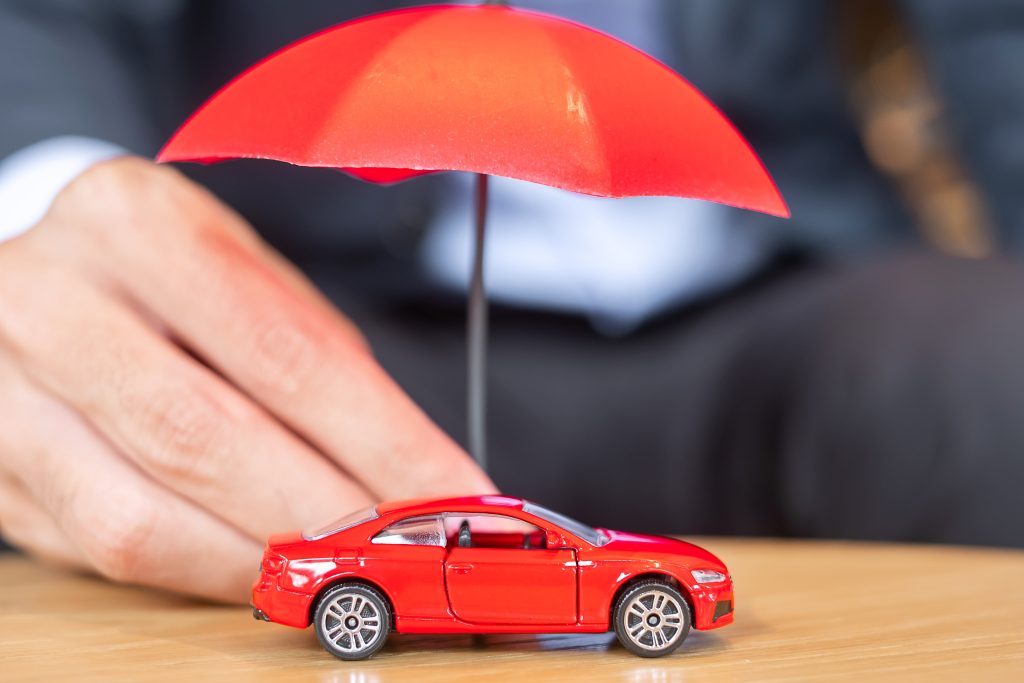Rapid Rise
Since around 2021, pickleball has exploded in popularity in the U.S. It was named the fastest-growing sport by the Sports & Fitness Industry Association (SFIA) for several consecutive years.
-
In 2024, about 19.8 million Americans played pickleball, up roughly 45.8% from 2023.
-
Over the past three years, participation has increased by approximately 223% or more depending on survey definitions.
-
Every age group has seen increases, including younger adult groups; for example, the 25-34 age group has became one of the most populous among active players (millions in that bracket).
This kind of growth is rarely seen in any sport. Causes include social media visibility, low barrier to entry, COVID lockdowns creating demand for socially distanced outdoor recreation, and more courts being built.
Easy Entry
One reason pickleball is growing fast is how easy it is to start. Unlike many sports, you don’t need a lot of gear, coaching, or physical strength to begin having fun.
-
The court is smaller than tennis, which means less space to cover.
-
The rules are simple, and you can get going quickly.
-
Equipment is affordable: paddles, balls, nets are accessible.
Here are five places in the article where you can insert bolded words that link to a product (paddle/bundle/gear) for affiliate marketing:
-
Starter Paddle Set – link this to a basic paddle + ball bundle so beginners can buy gear easily.
-
Pro Composite Paddle – for those who want a higher-quality paddle upgrade.
-
Indoor Court Shoes – every player needs good footwear for comfort & safety.
-
Portable Net System – great for people wanting to play in parks or driveways.
-
Pickleball Lesson Kit – clinics or starter sets that include instruction.
By bolding those and linking, you funnel readers to purchase gear, which helps affiliate income.
All Ages Welcome
One of pickleball’s superpowers is its inclusivity. It truly spans generations, and recent data backs that up.
-
While historically thought of as a sport for older adults, data from SFIA etc. shows that the 25-34 age group is now among the largest growing segments.
-
Casual players (those who play at least once a year) have grown significantly; also age groups 35-44 have seen strong growth (over 86% growth in that group in certain recent periods).
-
Seniors also benefit, since the game has lower impact, less running, easier on joints than many other sports.
So whether you’re a teenager, a parent, retired, or somewhere in between, pickleball offers something fun, healthy, and social.
Fun & Social
Pickleball isn’t just about fitness; it’s about enjoyment, community, and fun.
-
Doubles play dominates for many — so you don’t need to be super athletic; you need coordination, willingness to laugh, enjoy rallies.
-
Matches tend to be shorter and more dynamic: quicker points, more interaction.
-
Many local recreation centres, parks, clubs organize social play, leagues, round-robins where people rotate in.
The social aspects lower the psychological barrier (new players feel more comfortable) and increase retention. People come back not just because it’s good for health, but because it’s fun and people are friendly.
Health & Low Impact
Pickleball offers a strong health benefit without many of the drawbacks of higher-impact sports.
-
Good cardiovascular workout, with frequent movement, but not constant sprinting.
-
Less stress on knees, hips than running or high-impact court sports.
-
Helps with balance, agility. Especially valuable for older adults.
Also data suggests that as players increase pickling time, they see gains in coordination and mental health (socializing helps mood). While injuries happen (esp. in older age groups), the lower strain overall makes it a more sustainable sport for many.
Infrastructure Growth
To support pickup in popularity, infrastructure has been catching up, though still under pressure.
-
Millions of dollars invested in courts and facilities. For example, Jefferson Parish opened a US$2 million pickleball complex with nine covered courts and four renovated ones.
-
There are projects underway or planned: large indoor facilities, more converted courts.
-
The demand for courts is outpacing supply in many regions; some analyses say tens of thousands more courts are needed to meet the growing participation.
Youth & Changing Demographics
Though older players were early adopters, the demographic shift is quite interesting.
-
The average “avid” pickleball player age is dropping; more young adults are getting involved.
-
The 25-34 bracket has millions of players; also sharp increases in casual players and in age 35-44.
-
More children are entering through schools, recreation programs, summer camps in many localities.
This younger trend helps ensure long-term growth, not just a fad among retirees.
Media & Visibility
Visible exposure in media, celebrities, real estate, etc., plays a big role.
-
Major media outlets have reported on this growth over and over, calling it “America’s fastest-growing sport.”
-
Celebrities and investors are buying teams or supporting tournaments, helping drive fascination.
-
Real estate developments (luxury residences, communities) are adding pickleball courts as amenities.
When people see others enjoying it, it makes them want to try too.
Challenges & Considerations
Rapid growth isn’t without its challenges.
-
Court shortages: many cities and towns don’t have enough courts, or courts are booked full.
-
Noise complaints are arising where courts are near homes.
-
Ensuring quality: that players have safe equipment, courts are well maintained.
-
Balancing competitive/pro scene with grassroots: as tours, leagues, and money come in, ensuring that regular players still have access and enjoyment.
Outlook
Given current trends, pickleball looks set to keep growing for years.
-
Forecasts suggest continued high growth, especially if infrastructure improves.
-
More youth involvement, more school programs will help widen base.
-
Digital tools (rating systems, apps, streaming) will help visibility and engagement.
-
More pro-leagues, sponsorships, perhaps more formal recognition.
Pickleball is not just a trend — it appears to be reshaping how Americans think about fun, fitness, and community.
.png)








.png)
.png)






.png)
.png)
.png)
.png)
.png)
.png)
.png)
.png)
.png)



.png)


.jpg)




















